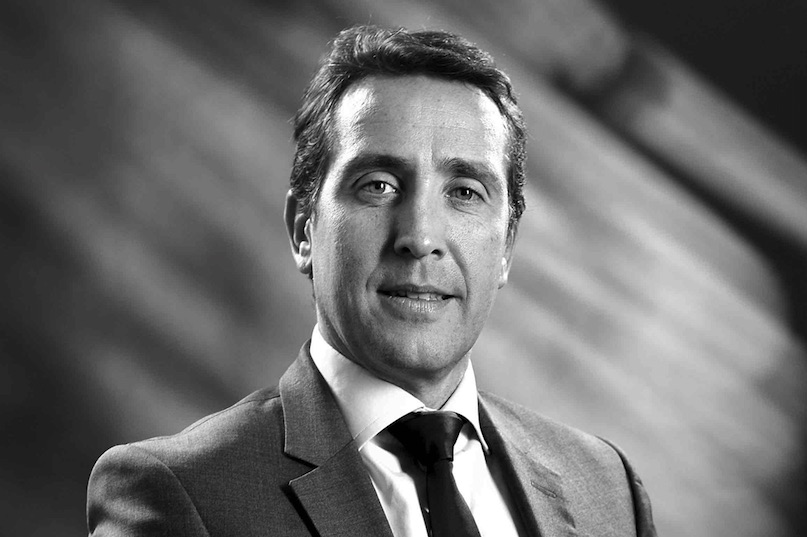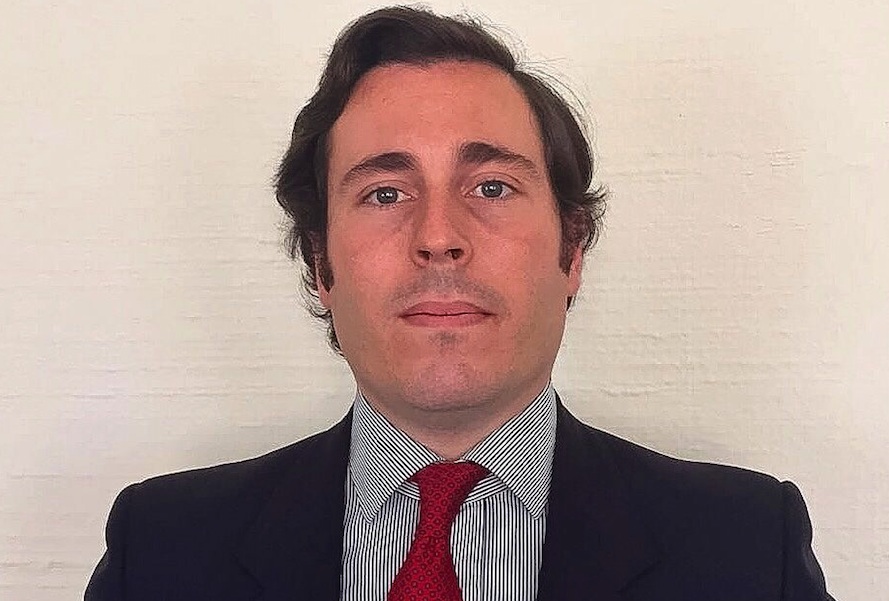Trump and oil prices – with their effects on inflation – will be two important benchmarks for markets throughout this year. Christophe Morel, Chief Economist at Groupama AM, explains in this interview with Funds Society that if oil crosses the $ 60 barrier, inflation would skyrocket and that would have key effects on fixed income and equity markets.
What are the major risks in 2017?
The main risks or uncertainties for 2017 concern Donald Trump’s economic program and its possible implications for growth prospects, inflation, and the Fed’s reaction. Obviously, anything that is likely to change the expected pace of monetary adjustment affects available liquidity and hence the evolution of financial markets.
The other big risk is the price of oil. It is expected that the oil market will rebalance in the spring of 2017, in line with a Brent price of around $ 45 to $ 55, depending on the correct implementation of the agreements on the reduction of production, and the hypothesis that US producers are not too motivated to restart production. In any case, a barrel of oil crossing the $ 60 barrier (WTI reference) would push European inflation towards 2% in 2017 and US inflation to 3%. Obviously, breaking that barrier could influence investors’ perceptions of inflation and would undoubtedly be a market mover in fixed income markets and risky assets.
In Europe, the elections, the negotiations on Brexit, and the treatment of bad loans in bank balance sheets are factors to be taken into account. It should be borne in mind that business trends surveys announce a significant improvement in employment in 2017, which could help contain the populist threats in France, Italy, and Germany.
Why is Trump the main risk?
As yet, there is not enough visibility on his protectionist orientation, or his program of economic support. At this stage, we can only observe the appointments, which suggest that Trump will preside over the US as if it were a company. Without visibility on the protectionist orientation, however, it is difficult to imagine a generalized increase in tariffs, which would affect the competitiveness of American companies and their profitability. A simple questioning of the Trans-Pacific Partnership Agreement would reconcile his campaign promises without this being a cost to businesses, as this agreement has not had sufficient time to be put into practice.
With regard to his growth support program, we must once again distinguish between the “candidate” and the “president”. The launch of the program would potentially be a significant support for growth, which we estimate to be around 0.5% of GDP per year. But, we should put this into perspective. First, the plan faces political constraints on funding, as many Republican members of Congress do not agree with tax cuts without a parallel reduction in public spending. Thus, we should not overestimate the “multiplier” effects on growth that are always lower in growth periods (as compared to recession periods), and when infrastructure spending is financed by the private sector. Evidently, a very expansive policy could lead the Fed to an upward revision of its perceived productivity growth, and therefore, also of growth potential and, ultimately, its estimate of neutral rates (of 0.3% according to an average scenario).
How will the transition to fiscal policies be?
In many countries, fiscal policy is clearly increasingly accommodative: in Japan, with a policy of public works and increased military spending, in the Euro zone with less fiscal orthodoxy by the European Commission, and obviously in the United States. And this would not be possible without the unconventional monetary policy that reduces the cost of public debt, makes the debt path more sustainable, and liberates “fiscal pockets.” For example, we have estimated that the ECB’s asset procurement policy allowed France to create budgetary margins of 0.1% of GDP in 2015, 0.3% in 2016, and 0.5% in 2017 Therefore, the decline in debt services helps to revitalize the primary deficits.
Will there be tapering by the ECB, or will we see a disconnection between US and European monetary policies?
The ECB’s asset purchases policy supports growth in Europe: we have estimated that QE would improve growth by almost 0.5% in two years. Therefore, since there is a profit, at least in theory, we believe that the ECB will do everything possible to maintain its policies and to not undertake any risks with recovery, ensuring as low rates as possible, whenever possible. The ECB’s monetary policy surprised investors with the use of unconventional instruments. It should still surprise by the more sustainable use of what is expected of QE Therefore, we believe it is too early to consider “tapering,” especially since core inflation is not expected to touch the “comfort” zone of 1.5% -2% before the end of 2018.
How many rate hikes will the Fed make and what will their impact be?
The Fed’s monetary policy scenario continues to depend on Trump’s economic announcements. Pending future announcements, a number of principles should always guide the Fed’s decisions: At least at the beginning, it should not accelerate the pace of rate hikes in order not to cause a rise in the dollar and in rates long-term that would lead to a restriction on financial conditions likely to weigh on growth. This should be supported by a governance that would be relatively less aggressive in 2017 than in 2016 (the most aggressive members in 2016 will not participate in the FOMC in 2017). In total, we anticipate two additional interest rate hikes in 2017, knowing that the risk is slightly upward if the hypothesis of a more expansive fiscal policy is effectively confirmed.
What are your expectations for emerging markets?
We should not put all emerging countries in the same basket. On the one hand, there are exporting countries in Asia (Hong Kong, Singapore, Taiwan…) that will benefit from the positive dynamics of international trade and of a still favorable economic situation in China. On the other hand, there is a synchronization of the specific risks that penalize some large emerging countries, in particular Turkey and especially Brazil, which is undoubtedly the “weak link” of the emerging zone. For investors, the emerging asset class is often the subject of a global and undifferentiated investment; this synchronization of specific risks is likely to weigh on the assets class as a whole.



